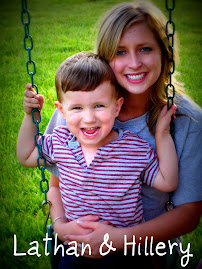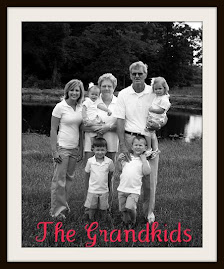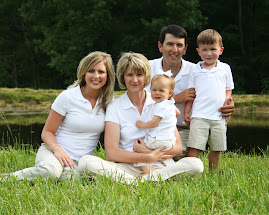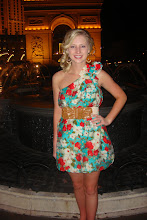Introduction:
Autism is the pervasive developmental disorder characterized by severe deficits in social interaction and communication, by an extremely limited range of activities and interests, and often by the presence of repetitive, stereotyped behaviors. The first signs of autism begin typically before age three. Although treatment has greatly improved over the past few decades, autism can not be cured, and continues throughout life.
Three to six of every 1,000 children have autism. The disorder occurs three to four times more often in boys than in girls.
Signs and symptoms of autism: Children with autism usually have problems with three main areas of development social skills, language, and behavior. Children with the most severe cases of autism have complete inability of communication or interact with other people.
Some problems in the area of social skills could be fails to respond to his or her name, has poor eye contact, appears not to hear you at times, resist cuddling and holding, appears, unaware of others’ feelings, and seems to prefer to play alone.
Language problems consists of starts talking later than other children, loses previously acquired ability to say words or sentences, does not make eye conduct when making requests, speaks with an abnormal tone or rhythm such as a singsong voice or robot-like speech, can not keep start a conversation or keep one going, and may repeat words or phases verbatim, but doesn’t understand how to use them.
Some signs of behavioral problems are performs repetitive movements such as rocking, spinning, or hand-flapping, develops specific routines or rituals, becomes disturbed at the slightest change in routines or rituals, moves constantly, may be fascinated by parts or objects, such as the spinning wheels of a toy car, and may be unusually sensitive to light, sound, or touch.
Thesis: I believe that behavioral therapy is the best way to treat autistic children right now, even though there is not a specific treatment that fits every autistic child.
The research questions: What is the best treatment for autism even though there is not a cure? Is there a specific one or could there be many?
The methods:
Continue to find information about treatments: behavioral therapy
Internet, library
Visit Kelly Autism Program at WKU
The timeline:
This week: find more information about topic and continue to add to proposal
Next week: start putting information into a structure/ organize
A conclusion: A communication disorders major deals with training students in the knowledge and skills underlying communication sciences and disorders. This can be in a setting from a school to a hospital to a nursing home. In each setting you will deal with people that have a disorder such as autism or someone who has had a stroke or even someone who is having to be taught how the speak again.
Works Cited
"Autism: Signs and Symptoms." MayoClinic.Com. 2 June 2006. 23 Mar. 2008
"Autism." Dictionary.Com. 23 Mar. 2008
"Autism." MayoClinic.Com. 2 June 2006. 23 Mar. 2008
"Department of Communication Disorders."





No comments:
Post a Comment